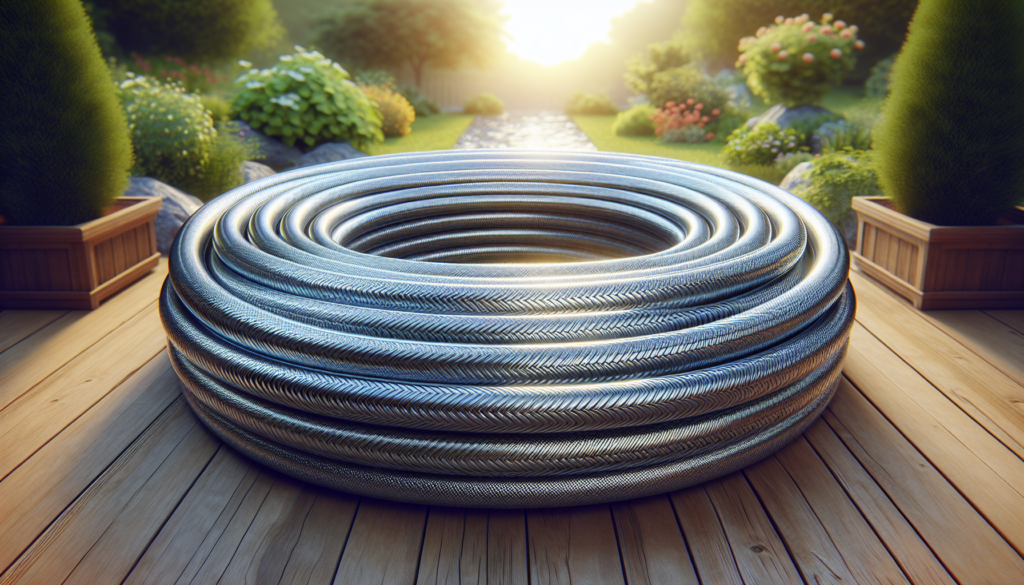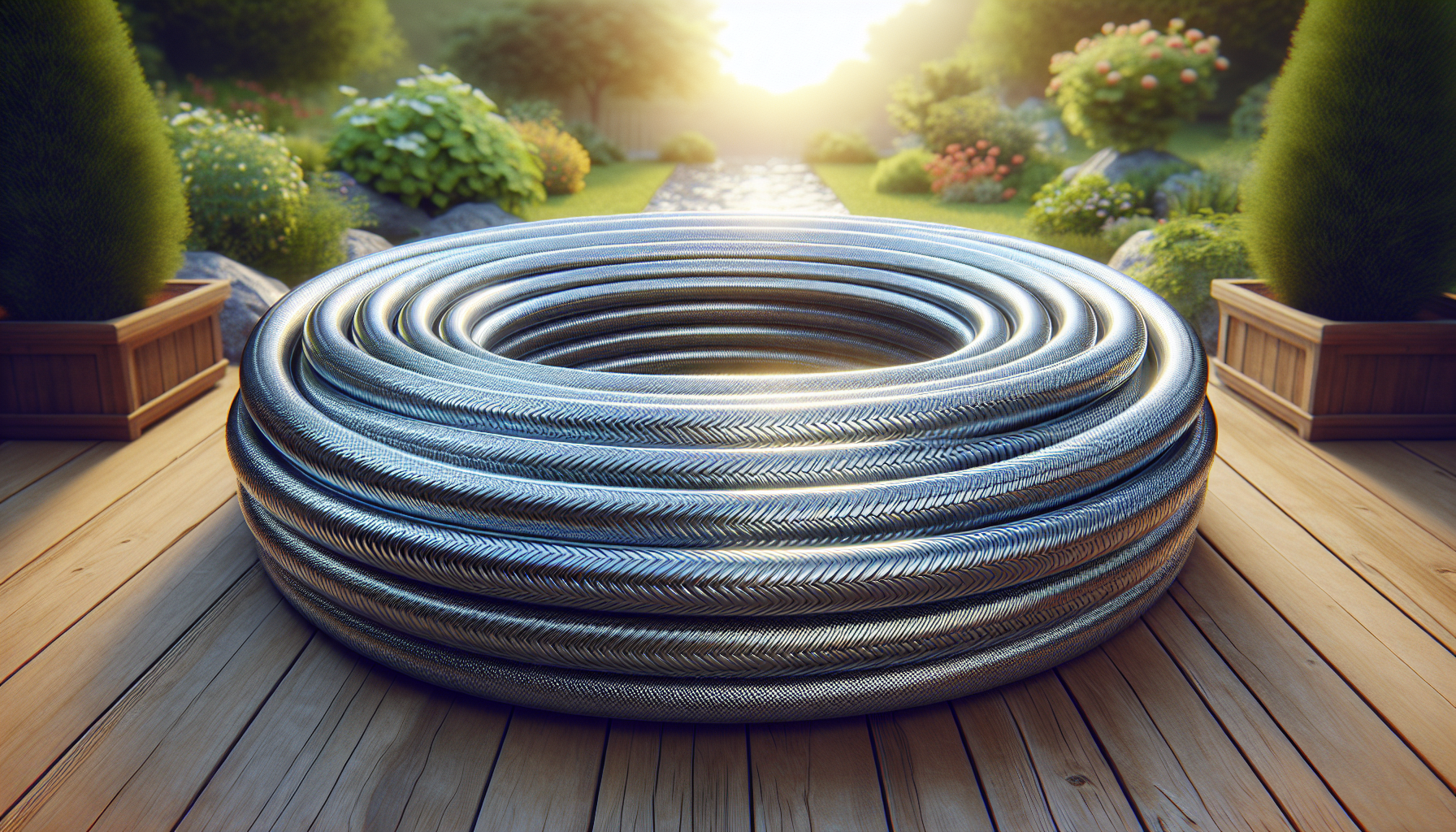Are you tired of dealing with flimsy hoses that can’t handle the constant pressure? Look no further, as we have compiled a list of the best hose choices for constant pressure. Whether you’re watering your garden or using it for industrial purposes, these hoses are designed to withstand the demands of continuous use. Say goodbye to leaks and kinks, and say hello to a hassle-free watering experience with these top hose choices.
Top Hose Choices for Constant Pressure
Constant pressure is essential in many applications, whether it’s in the industrial sector or for residential use. Choosing the right hose for constant pressure is crucial to ensure optimal performance and longevity. In this article, we will explore the different types of hoses available, as well as the factors to consider when selecting the best hose for constant pressure. We will also provide recommendations for the top hoses in the market that are well-suited for maintaining consistent pressure. So, let’s dive in!
Types of Hoses
Before delving into the factors that determine the best hose for constant pressure, it’s important to understand the different types of hoses available. Here are some common types you might come across:
-
PVC Hoses: PVC (Polyvinyl Chloride) hoses are lightweight and versatile, making them popular in various industries. They are resistant to abrasion, weather, and most chemicals. PVC hoses are often used for water, air, and fluid transport.
-
Rubber Hoses: Rubber hoses are known for their durability and flexibility. They can withstand high temperatures and are resistant to abrasion. Rubber hoses are commonly used in applications such as hydraulic systems, as they can handle high-pressure conditions.
-
Thermoplastic Hoses: Thermoplastic hoses are lightweight, flexible, and have a high resistance to chemicals, oil, and UV rays. They are often used in applications that require mobility, such as paint spraying or hydraulic tools.
-
Metal Hoses: Metal hoses, as the name suggests, are made of metal, usually stainless steel. They are extremely durable and can withstand high temperatures and pressure. Metal hoses are commonly used in industries such as petrochemicals, aerospace, and food processing.
-
Composite Hoses: Composite hoses are made by combining multiple layers of materials, such as polypropylene, polyethylene, and thermoplastic. These hoses offer excellent chemical resistance and can handle diverse applications, including fuel transfer, chemical handling, and oil refining.
Factors to Consider
When selecting a hose for constant pressure, there are several factors to consider to ensure its suitability for your specific application. Here are the key factors to keep in mind:
1. Material
The material of the hose plays a crucial role in its overall performance. Consider the compatibility of the hose material with the substance it will transport. For example, if you are handling chemicals, you need a hose that is resistant to corrosion and can withstand the chemical properties without degradation.
2. Size
The size of the hose refers to its inside diameter and determines the flow rate and pressure capabilities. It is important to choose a hose size that can handle the required flow rate and pressure for your application. A hose that is too small may restrict the flow, causing pressure drops, while a hose that is too large can lead to inefficiency.
3. Length
The length of the hose is another crucial factor to consider. Ensure that the hose length is suitable for your specific application. Too short a hose can limit mobility and flexibility, while a hose that is too long can lead to pressure drops and inefficiency. Determine the optimal length based on the distance between the source and destination of the fluid or gas.
4. Pressure Rating
The pressure rating of a hose refers to the maximum pressure it can handle without bursting or leaking. It is important to choose a hose with a pressure rating that exceeds the maximum pressure of your application. Operating a hose above its pressure rating can lead to catastrophic failures, risking both safety and efficiency.
5. Flexibility
Consider the flexibility of the hose, especially if it needs to endure bends or twists during its use. A flexible hose can adapt to various movements and positions, making it easier to handle and install. However, ensure that the flexibility does not compromise its durability or pressure capabilities.
6. Reinforcement
Hoses are often reinforced with layers of fabric, wire, or other materials to enhance their strength and durability. The reinforcement adds stability and prevents the hose from collapsing or expanding under pressure. Consider the type and quality of reinforcement to ensure it matches the demands of your application.
7. Temperature Range
Evaluate the temperature range in which the hose will operate. Different hoses have varying temperature limits, and it’s crucial to choose a hose that can handle the temperatures within your application. Failure to select a hose with an appropriate temperature range can lead to hose degradation, reduced performance, or even failure in extreme conditions.
8. Compatibility
Consider the compatibility of the hose with other components of your system. Ensure that the hose fittings and connectors are compatible with your existing infrastructure, preventing leaks or inefficiencies due to incompatibility.
9. Durability
The durability of a hose is crucial, especially in demanding applications. Consider its resistance to abrasion, chemicals, UV rays, and other environmental factors. A durable hose will have a longer lifespan, minimizing the need for frequent replacements and maintenance.
10. Price
While price should not be the sole determining factor, it is something to consider when choosing a hose for constant pressure. The cost of the hose should align with the value it provides and its lifespan. Consider the long-term costs, including maintenance and replacements, when evaluating the price.

Recommended Hoses
Based on the factors mentioned above, here are some recommended hoses that excel in maintaining constant pressure across different applications:
-
PVC Hoses: PVC hoses are cost-effective, lightweight, and versatile. They are ideal for various applications that require constant pressure with moderate temperature ranges. PVC hoses are commonly used in irrigation systems, water supply lines, and air tools. They provide reliable performance at an affordable price.
-
Rubber Hoses: Rubber hoses are known for their durability and long lifespan. They can handle high-pressure conditions and are often used in hydraulic systems, concrete pumping, and industrial machinery. Rubber hoses offer excellent resistance to abrasion, chemicals, and extreme temperatures, making them suitable for demanding applications.
-
Thermoplastic Hoses: Thermoplastic hoses are highly flexible, lightweight, and resistant to oil, chemicals, and UV rays. They are commonly used in paint spraying, hydraulic tools, and applications that require mobility. Thermoplastic hoses provide good abrasion resistance and can handle moderate to high pressures.
-
Metal Hoses: Metal hoses are extremely durable and can withstand high temperatures and pressures. They are suitable for applications that require heavy-duty performance, such as petrochemicals, food processing, and aerospace industries. Metal hoses offer excellent strength, corrosion resistance, and longevity.
-
Composite Hoses: Composite hoses are ideal for applications that require resistance to diverse chemicals, fuels, and oils. They are lightweight, flexible, and have a long lifespan. Composite hoses are commonly used in fuel transfer, chemical handling, and marine applications. They provide excellent resistance to corrosion and have a wide temperature range.
Choosing the Right Hose
When selecting the best hose for constant pressure, it’s crucial to consider the specific requirements of your application. Evaluate the factors mentioned above to determine which hose type aligns best with your needs. Consider the compatibility, pressure rating, temperature range, flexibility, and durability required for your application. It may also be beneficial to seek guidance from industry professionals or consult with hose manufacturers to ensure the best selection.
Conclusion
Maintaining constant pressure in hydraulic systems, industrial processes, or even everyday applications is vital for optimum performance and safety. Selecting the right hose for constant pressure is a critical decision that requires consideration of various factors such as material, size, length, pressure rating, flexibility, reinforcement, temperature range, compatibility, durability, and price. By understanding the different types of hoses available and evaluating these factors, you can make an informed decision and choose a hose that will reliably deliver constant pressure in your specific application. Remember, it’s always better to invest in a high-quality hose that suits your needs to avoid costly equipment failures or safety hazards in the long run.
